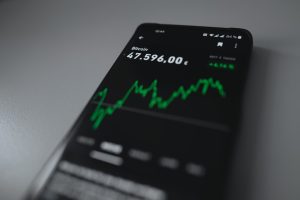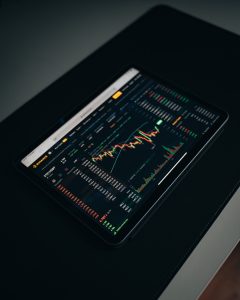Forex trading robots, also known as Expert Advisors (EA), are automated software programs that can trade on behalf of a trader. They are designed to eliminate human error, increase efficiency, and execute trades based on a specific set of rules and algorithms. Writing a forex trading robot can be a complex process, but with the right tools and knowledge, it can be done successfully. In this article, we will explain how to write a forex trading robot.
Step 1: Understanding the basics of forex trading
Before you start writing a forex trading robot, it is essential to have a good understanding of forex trading. You should know the different types of orders, the different currency pairs, and the fundamental and technical analysis. Also, you should be familiar with the different trading strategies and the risks associated with forex trading.
Step 2: Choose a programming language
To write a forex trading robot, you need to have programming skills. There are several programming languages to choose from, such as Python, C++, MQL4, and MQL5. MQL4 and MQL5 are the programming languages used for writing Expert Advisors for the MetaTrader 4 and MetaTrader 5 platforms.
Step 3: Choose a trading strategy
The trading strategy is the foundation of your forex trading robot. It should be based on a specific set of rules and algorithms that will guide the robot in making trading decisions. There are several trading strategies to choose from, such as trend following, scalping, and swing trading. You should choose a strategy that suits your trading style and risk tolerance.
Step 4: Write the code
Once you have chosen the programming language and trading strategy, you can start writing the code. The code should be written in a structured and organized manner to make it easier to debug and modify. You can use libraries and frameworks to speed up the development process and reduce the amount of code you have to write.
Step 5: Backtest the robot
Before you deploy the forex trading robot, you should backtest it to ensure that it is working correctly. Backtesting involves running the robot on historical data to see how it would have performed in the past. You should use a reliable backtesting software to get accurate results.
Step 6: Deploy the robot
Once you have successfully backtested the forex trading robot, you can deploy it on a demo account. A demo account is a simulated trading environment that allows you to test the robot in real-time without risking real money. You should monitor the robot’s performance closely and make any necessary adjustments.
Step 7: Live trading
After testing the robot on a demo account, you can deploy it on a live trading account. However, you should start with a small amount of capital and gradually increase it as the robot’s performance improves. You should also monitor the robot’s performance regularly and make any necessary adjustments.
Conclusion
Writing a forex trading robot can be a challenging task, but with the right tools and knowledge, it can be done successfully. The key is to have a good understanding of forex trading, choose the right programming language, and develop a robust trading strategy. You should also backtest the robot and deploy it on a demo account before live trading. With patience and persistence, you can create a profitable forex trading robot that can generate consistent returns.





